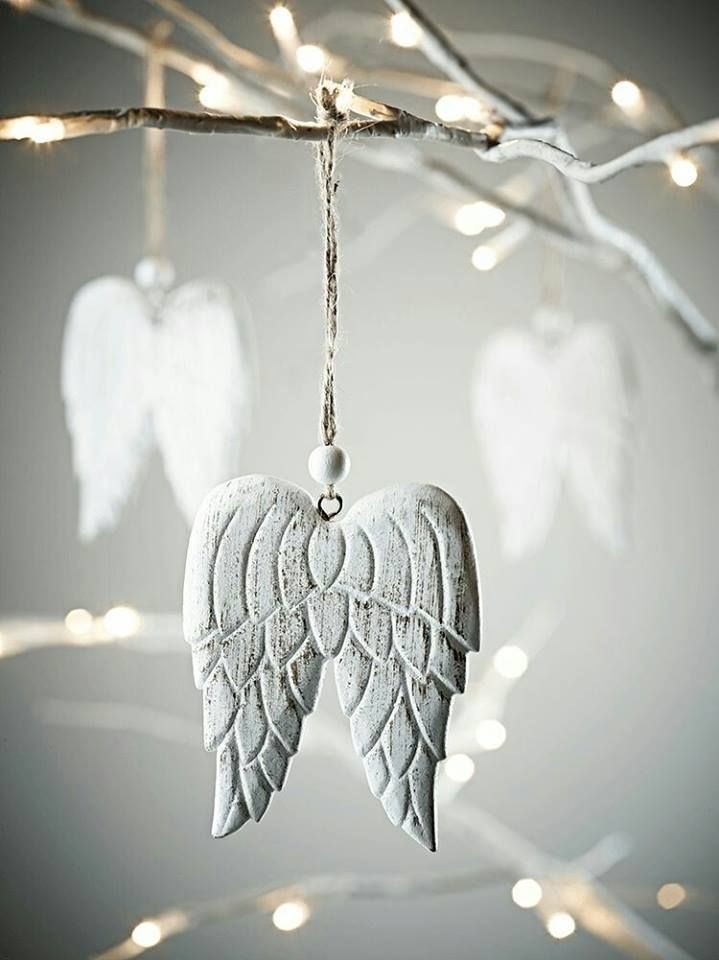Hallucinations as Metaphor — Transforming Distorted Perceptions into Creative Expression...
- Koöko Fleurs
- Nov 7
- 2 min read

Hallucinations can feel unsettling. They blur the line between what is real and what is imagined, leaving us confused or even frightened. But within the safe space of art therapy, hallucinations don’t have to be seen only as symptoms or distortions. They can become metaphors—symbols of our inner struggles, emotions, and untold stories.
Seeing Beyond Reality
Hallucinations often distort perception: colors shift, shapes bend, sounds echo strangely. In art, these distortions can be embraced as creative material. A canvas can hold the surreal landscapes of the mind, turning confusion into expression. Instead of resisting the imagery, we can explore it, asking: What might this vision represent emotionally?
- A shadowy figure might symbolize grief.
- A chorus of voices could represent overwhelming responsibilities.
- A warped room might reflect anxiety or disorientation.
By treating hallucinations as metaphors, we move from fear to curiosity, from silence to storytelling.
Art as a Safe Container
Art therapy provides a safe container for these experiences. Through painting, drawing, or collage, we can externalize what feels overwhelming inside. The act of creating transforms hallucinations into something tangible, something we can look at, reflect on, and even reshape.
Practical exercise:
Take a moment to sketch or paint an image inspired by a hallucination or distorted perception. Don’t worry about realism—let the shapes, colors, and textures flow freely. Once finished, ask yourself: What emotion does this image carry? What story might it tell?
Inviting the Little Sunshine
After expressing the distortion, invite a happy moment into the artwork. Add a playful symbol, a bright color, or a whimsical detail. This small act reminds us that even in the midst of confusion, joy and resilience can coexist. The hallucination becomes not just a metaphor for struggle, but also a canvas for transformation.
Hallucinations may distort reality, but in art therapy they can reveal hidden truths. By reframing them as metaphors, we honor the emotions they carry without being consumed by them. And with each brushstroke, we can soften the edges of fear, bringing in light, playfulness, and the gentle presence of happy doewy.
This space is for both shadows and sunshine. Through art, even distorted visions can become pathways to healing.











Comments